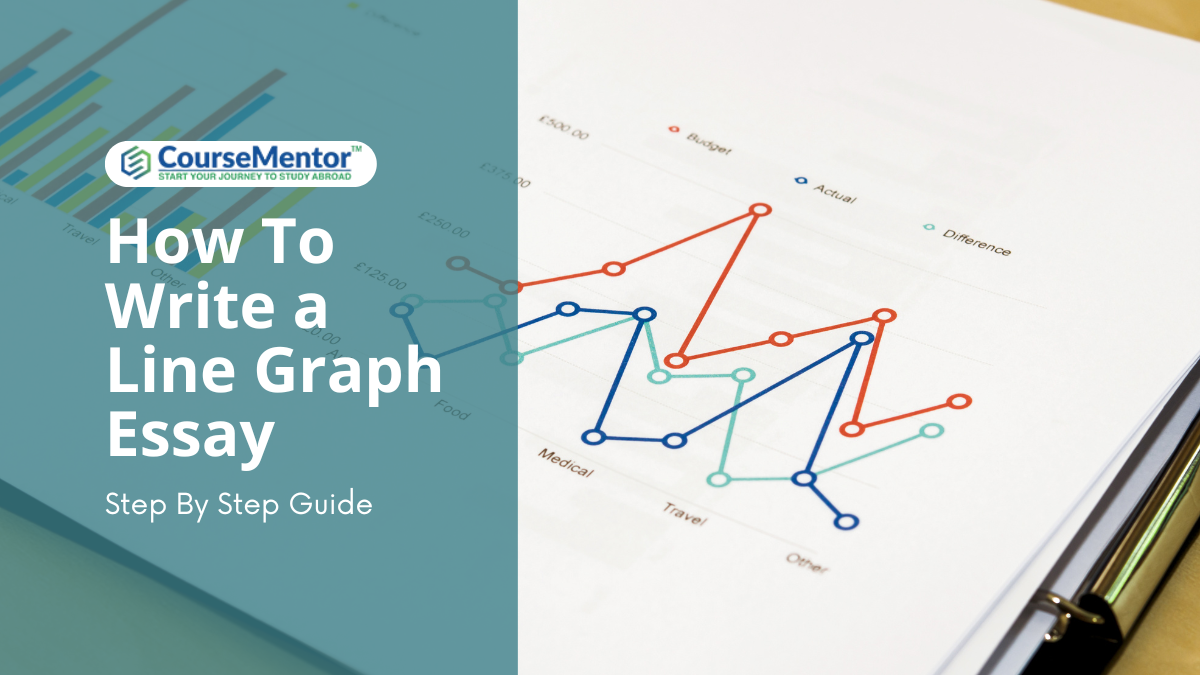The PTE exam has four vital modules. That is the PTE Reading, PTE writing, PTE listening, and PTE Speaking. This article will focus on grammar rules for PTE reading and provide tips to improve PTE reading scores. The main trick to scoring good marks in PTE is fluency in reading. For that, you need to improve your grammar and vocabulary skills.
Before knowing the grammar rules for PTE reading, you need to know the question types for PTE reading.
Question Types In PTE Reading
The PTE reading Section includes five major questions.
- Fill in the blanks
- Multiple choice, multiple answers
- Re-order paragraph
- Fill in the blanks –reading
- Multiple-choice, single-answer
Overall, 12- 18 questions will be asked in each PTE reading Section. You have to record the PTE reading Section within 30 minutes. Make sure that the recording symbol is turned on while you are reading. Or else your reading Section will not be submitted to the institute. Let us see some important grammar rules for fill in The blank Section.
| Question Type | TASK DESCRIPTION | NUMBER OF QUESTIONS | PROMPT LENGTH | SCORING |
| Multiple-choice, choose multiple answers | more than one answer is correct in the given multiple options | 2-3 | up to 300 words in a paragraph | Partial scoring will be given |
| Reorder paragraphs | It is more like jumbled sentences. you have to arrange the sentence in the right order and place it on the right-hand side | 2-3 | up to 150 words | Partial scoring will be given |
| Reading Fill in the blanks | One paragraph will appear on the screen with several blanks. You have to fill in the blanks with appropriate answers. | 4-5 | up to 80 words | Partial scoring will be given |
| Multiple-choice, single answer | You have to choose a single answer from the given multiple options | 1-2 | Based on the question. | It includes negative scores. |
| Reading and writing Fill in the blanks | The paragraph with blank space appears on the screen. you have to drag and drop the answer in the space | 5-6 | up to 300 words | Partial scoring will be given |
To know the best Grammar Books for IELTS, read our other blog.
TOP 10 GRAMMAR RULES FOR PTE READING:
The grammar rules for PTE reading are essential if you want to get a high score in PTE reading.
Here are the 10 rules of grammar for the PTE reading that are useful in filling in the blanks question type.
1st GRAMMAR RULE:
have/has/had always followed by the third form of the verb. The blank space should be filled with past participle tense if any of these verb forms exists before the blank.
| HAVE/HAD/HAS PAST PARTICIPLE TENSE(V3) |
EXAMPLE:
- You have been selected
- The doctor had examined him
- She has completed her work
Here, ‘been,’ ‘examined,’ and ‘completed’ are the past participles of the verb.
This is the first grammar rule on the list of grammar rules for PTE reading.
2nd GRAMMAR RULE:
Was/were always followed by a past participle.
| Was/were + Past participle |
In this case, sometimes is/am/are/was/were followed by the first form of the verb.
| is/am/are/was/were + V1 of the verb |
EXAMPLE:
- They were embarrassed by the animals.
- She was irritated by the dog.
- They are going to see their friends.
This is the second grammar rule on the list of grammar rules for PTE reading.
3rd GRAMMAR RULE:
be/been/being is also always followed by the past participle of the verb.
| be/been/being + past participle |
EXAMPLE:
- She will be finished.
- Work is being carried out.
- Your process has been completed.
This is the fourth grammar rule on the list of grammar rules for PTE reading.
4th GRAMMAR RULE:
The preposition ‘to’ is always followed by the first form of the verb.
| The preposition ‘to’ + first form of the verb (v1) |
EXAMPLE:
- He decided to take a leave
- She decided to cook pasta
Read our other blog to learn PTE English Speaking Part.
5th GRAMMAR RULE:
The preposition except ‘to’ such as for, with, of will followed by an ‘ing’ in their verb form.
| Preposition (of, with, for) + verb + ing |
EXAMPLES:
- Thanks for giving me his opportunity
- The benefits of doing yoga are many.
6th GRAMMAR RULE:
| Articles (a, an, the) + noun |
The 6h grammar rule is about articles. English has two different types of articles. The first is a definite article, and the second is an indefinite article. The article ‘The’ comes under the definite article, and the article ‘a’ and ‘an’ comes under the indefinite article. Remember that the article is always followed by a noun only. So, if you get a blank after ‘a’ you can easily identify a noun in the given options.
3 Article rules:
- The article ‘An’ is always followed by a word that starts with a vowel sound. There are five vowel sounds in English. That is a, e, i, o, u.
Example: An Orange, An apple, An elephant
If you look at the example, you can understand that the words start with vowels followed by ‘An’.
- The article ‘a’ is always followed by the word starting with a consonant.
Example: a ride, a pen
- The article ‘The’ is always followed by the noun forms of a word.
Example: The book, The table
These article rules will help you to minimize the mistakes in the PTE exam.
To learn about PTE Study Material, read our other blog.
7th GRAMMAR RULE:
| Article (a, an, the) + Adjective + Noun |
Now, not all articles are followed by a noun. Sometimes it may vary depending on the situation. Sometimes, in a sentence, the blank is present between the article and noun then we are looking for an adjective in the sentence.
Example:
- The big book
- a long road
Here, the book is a noun.
Now, we have a noun followed by the article ‘The,’ and also, there is a blank. In this scenario, we need to fill the blank with adjectives.
8th GRAMMAR RULE:
The 8th grammar is about modals. The models describe the degree of certainty and uncertainty of action. Remember that the first form of the verb always follows the models.
| Modals (can, could, may, might, shall, should, will, would, etc.) + first verb form |
Example:
- I can finish the task
- You should speak English
- He will go to the market.
9th GRAMMAR RULE:
The 9th grammar rule is about the word ‘many.’ If you get a blank after the word, many always look for a noun, which should be in plural forms.
| Many + Plural nouns |
Example:
- Many languages
- Many books
- Many dogs
The noun followed by the word many should be in plural form, as shown in the examples.
10th GRAMMAR RULE:
If there is any blank after the word it/which/that you have to fill that blank with the plural form of the verbs.
| it/which/that + Plural form of the verb (verb with s/es) |
Example:
- We need an alternative that works
- It plays an important role.
Now that you know all the important grammar rules for PTE reading, here are some question-wise tips for PTE reading.
If you want to know How To Get 65 In PTE Academic, read our other blog.
PTE Reading Question-Wise Tips
Fill in the blanks
- Answer all the questions as there are no negative marks in this Section.
- Concentrate on the words that occur before and after the blank. This will help you to find the answers very quickly.
Re-order paragraphs
- First, find an independent sentence.
- And search major data in the given paragraph. Understand the whole paragraph and comprehend the main theme of it.
- The sentence begins with pronouns like he/she/it must not be the first sentence of the paragraph. So, let us ignore this for a while and concentrate on other sentences.
- Search for contradictory phrases like although, likewise, and besides. Locate the sentence before it.
Multiple-choice questions, single answer
- Understand the main communication of the passage and concentrate on keywords to find the correct answer.
- Focus on the frequency words(for illustration- always, occasionally, nowadays numerous, all, frequently, nowadays, only), exclude those options, and perhaps you’ll find the correct answer. Since there’s no negative marking for this question, answer the question and don’t leave it blank.
- Make use of the rule of elimination. Read the question before you read the textbook to understand what kind of information to look for. 60 answers can be set up in the passage’s first or last two lines.
- Flash back the information in the passage as the questions won’t be asked in chronological order, and you’ll find the answer anywhere in the passage.
- Learn to translate, which means conveying the meaning using different words.
Multiple choice questions, multiple answers
- This Section has negative marks. So before answering any question, think twice and answer.
- If you are unsure about the answer, you better leave the question. At least you won’t get a negative mark. This strategy leads you to good marks in the PTE reading Section.

Don’t miss out on this limited-time offer! Take advantage of our flat 10% off discount and book your PTE exam today.
Achieve Your Desired PTE Score and Save Big! Book Now for a Flat 10% Off!
Book Now and Save 10%!Conclusion
In this blog, we have explained the major 10 grammar rules for PTE reading. Grammar is key to get a good score on the PTE exam.
You should learn these grammar rules to score high in PTE (Pearson Test of English) reading, and if you have any questions, you can ask us through comments.
We hope we have cleared all your queries, and regularly visit CourseMentor™ for more content like this.
FAQs
What are the best tips to get a high score in PTE reading?
Here are some of the best tips you must follow to get a good score in PTE reading:
Improve your vocabulary skill
Grammar is an essential thing in PTE reading.
Learn to manage your time.
Spend some time learning technicalities.
Which is the toughest section in PTE?
The answer to this question may vary from student to student. But for most students the PTE reading section is the toughest.
Which Grammar is Important for PTE?
Choosing the finest college might be challenging because so many in Canada compete for students’ attention and uphold high standards. It may appear difficult to apply for an MS in Canada, but it is not. You can easily accomplish that with the right direction and forward motion.





